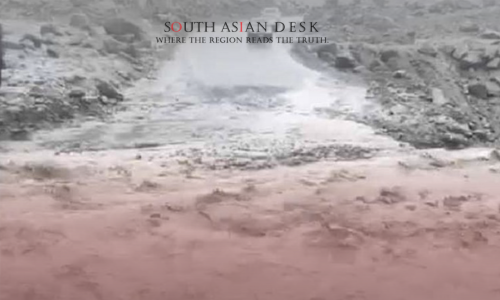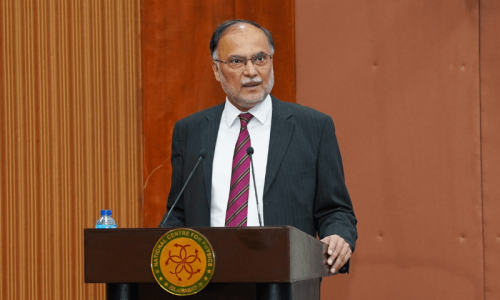Gilgit-Baltistan is reeling after days of torrential monsoon rains and glacial outbursts triggered catastrophic flash floods, leaving at least four dead, dozens injured, and hundreds stranded.
The Gilgit-Baltistan Flood Rescue Operation July 2025 has mobilized a full-scale response from local authorities, Pakistan’s military, and community volunteers. More than 200 stranded tourists, especially in the Babusar region of Diamer district, have been safely evacuated, while 15 individuals remain missing.
Monsoon rains — intensified by climate change and glacial melt — caused landslides that swept away at least 10 vehicles, destroyed over 50 homes, and cut off major roadways including parts of the Karakoram Highway and the Skardu-Deosai route, where over 400 vehicles were stuck.
Helicopter and engineering units from the Pakistan Army were deployed to rescue civilians and clear critical debris. Many rescued tourists were relocated to hotels and guest houses in Chilas, with injured individuals receiving emergency care.
Meanwhile, the National Disaster Management Authority (NDMA) has issued landslide alerts for Gilgit, Skardu, Hunza, and Astore, urging extreme caution in mountainous areas. The crisis has also severely impacted agriculture, communication lines, and public infrastructure, particularly in Sadpara and Kharmang districts.
Local communities have stepped up — villagers provided emergency shelter, helped rescue efforts, and worked alongside officials during ongoing recovery operations.
According to official sources, four tourists have died, and several are critically injured. However, unverified reports on X (formerly Twitter) suggest that the actual number of casualties and missing persons may be higher, especially near Babusar Top, where glacial lake outburst floods (GLOFs) struck with force.
The disaster highlights how rapid glacial melt and erratic monsoon behavior, both symptoms of the climate crisis, are reshaping life in Pakistan’s northern regions. Experts warn that Gilgit-Baltistan will remain vulnerable unless long-term climate resilience strategies are implemented.
Authorities are now working to restore fiber-optic networks, reconnect blocked highways, and continue search and rescue missions as the monsoon season shows no signs of slowing down.
Published in SouthAsianDesk, July 22nd, 2025
Follow SouthAsianDesk on X, Instagram and Facebook for insights on business and current affairs from across South Asia.




![Collage of COAS Field Marshal Munir [L] and US President Donald Trump. — ISPR/AFP](https://southasiandesk.com/wp-content/uploads/2025/06/18090415659519a-2.jpg)